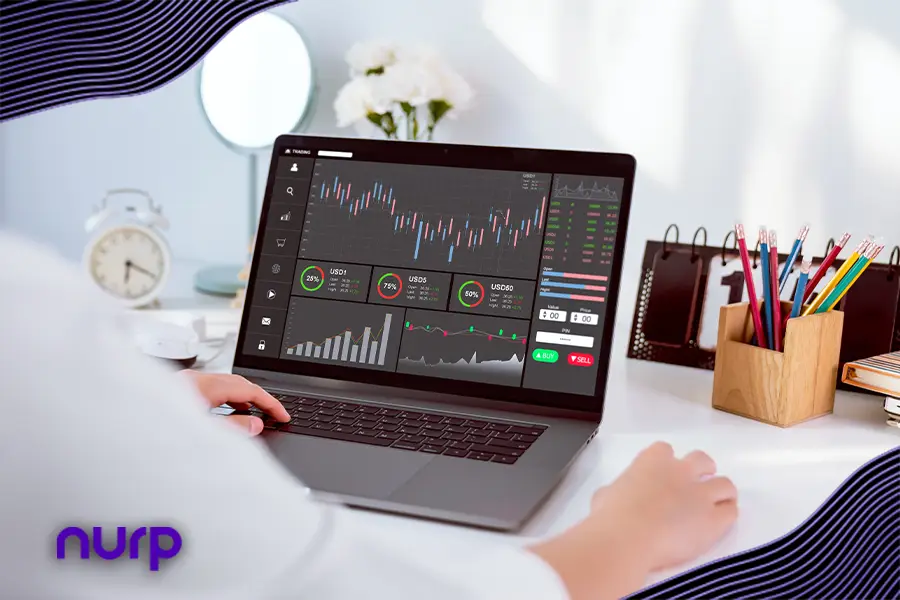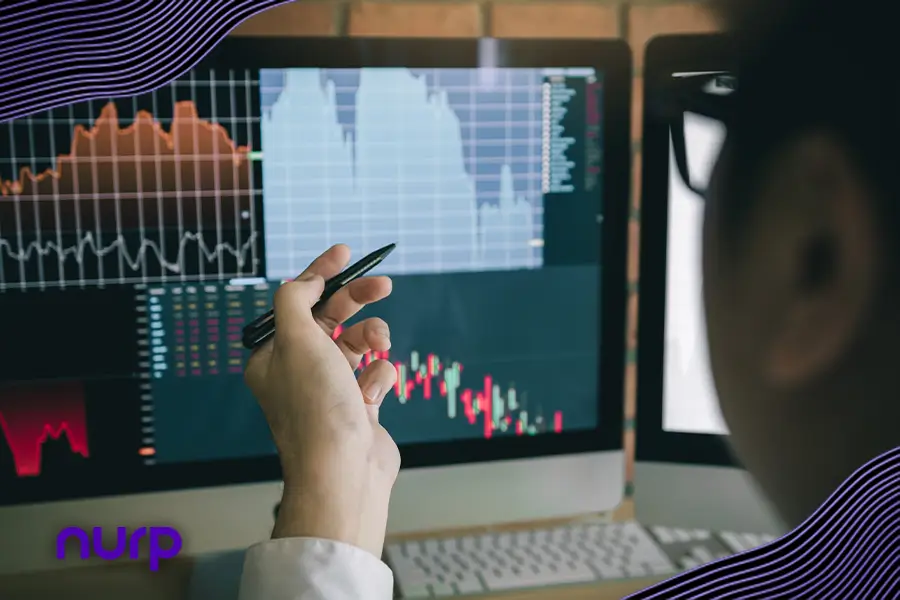Key Takeaways
Quantitative trading minimizes emotional bias, enhancing decision accuracy through data-driven strategies.
Start with simple quant strategies such as moving average crossovers and pair trading to develop foundational skills.
Success in quant trading requires ongoing learning and the use of advanced trading tools to stay competitive.
Introduction
Quantitative trading, often referred to as “quant trading,” involves the use of mathematical models to identify trading opportunities. Quantitative trading stands out due to its data-driven approach, which minimizes emotional decision-making and enhances trading precision. This approach is highly systematic, relying on algorithms and automated systems to execute trades based on statistical data. For beginners, the allure of quantitative trading lies in its ability to process large volumes of information swiftly and execute trades with unparalleled accuracy.
Read More: In the Blink of a Trade: Decoding High-Frequency Trading
Getting Started with Quant Trading
For those new to this method, starting with a clear understanding of the financial market and basic trading principles is crucial. The forex market, with its round-the-clock trading hours and high liquidity, offers an ideal playground for quantitative strategies. Beginners should invest time in learning about currency pairs, market trends, and the impact of global economic events on currency values.
Simple Quantitative Trading Strategies
Moving Average Crossover: This strategy involves using two moving averages, one short-term and one long-term. A trade is initiated when these moving averages cross. For example, if the short-term average crosses above the long-term average, it may suggest an upward trend, signaling a buy. Conversely, if it crosses below, it may indicate a downward trend, signaling a sell.
Pair Trading: This involves identifying two closely related currencies. The strategy bets on the strength of one currency against the weakness of the other, based on historical correlation data. By entering trades when the pairs deviate from their historical norm, traders can potentially profit when the currencies revert to their mean.
Tools and Resources
To implement these strategies effectively, beginners must utilize the right tools. Trading platforms that support automated trading and provide access to real-time data are essential. Software like MetaTrader or Python-based platforms that allow for extensive backtesting and complex algorithmic implementations can be particularly helpful.
Risk Management
Risk management is an integral part of any trading strategy, which applies to quant trading, as well. Beginners should establish clear risk parameters to avoid significant losses. This might include setting stop-loss orders and limiting the amount of capital committed to any single trade.
Continuous Learning
The field of quantitative trading is continuously evolving. Beginners should commit to lifelong learning, regularly updating their knowledge through courses, webinars, and articles. Staying informed about new algorithms, trading software updates, and shifts in market dynamics is crucial.
Conclusion
Quantitative trading offers a structured entry point for beginners into the forex market. By understanding and implementing basic quantitative strategies, new traders can make informed decisions, manage risks effectively, and position themselves for long-term success in the trading world.
The post Quant Trading Strategies for Beginners first appeared on Nurp.com.








